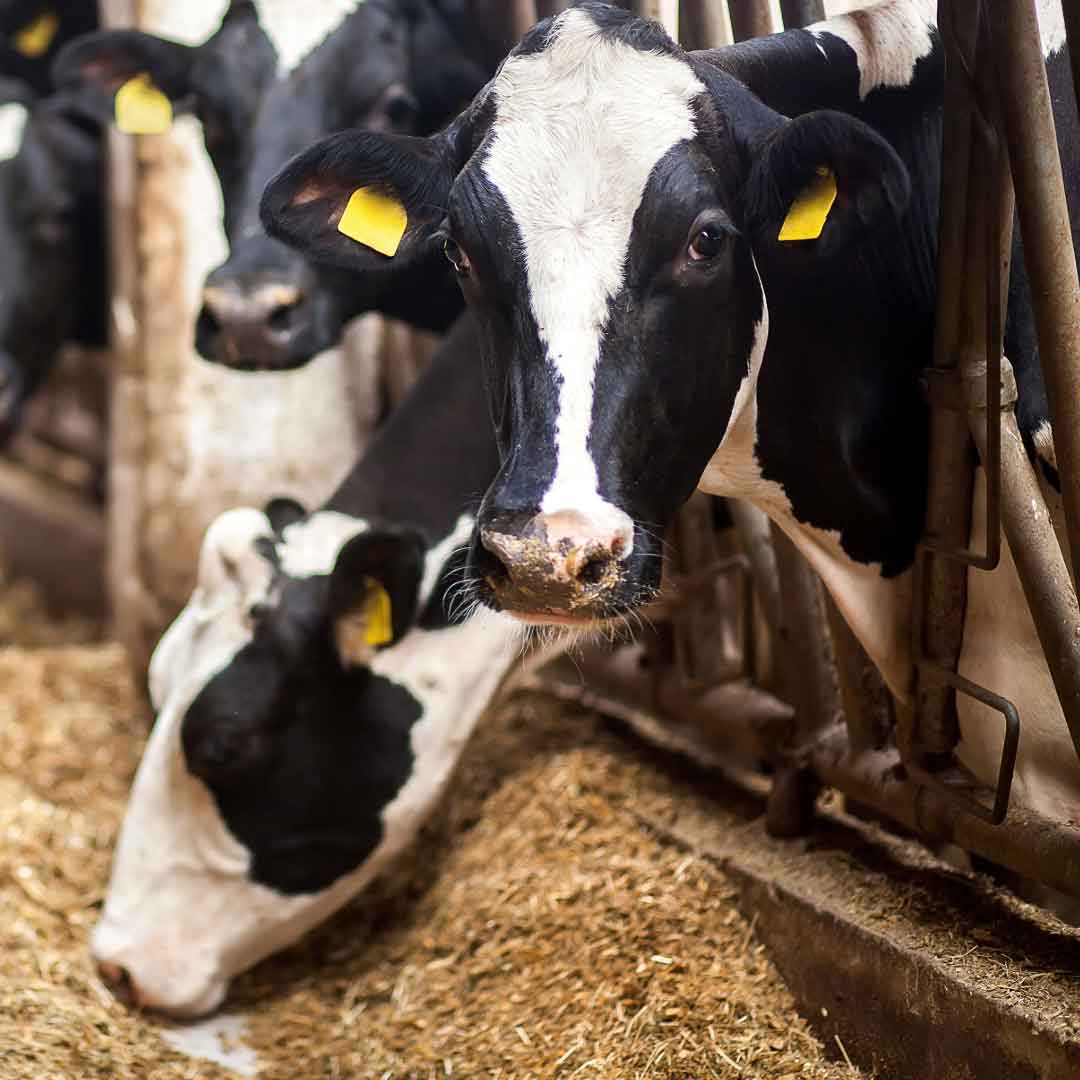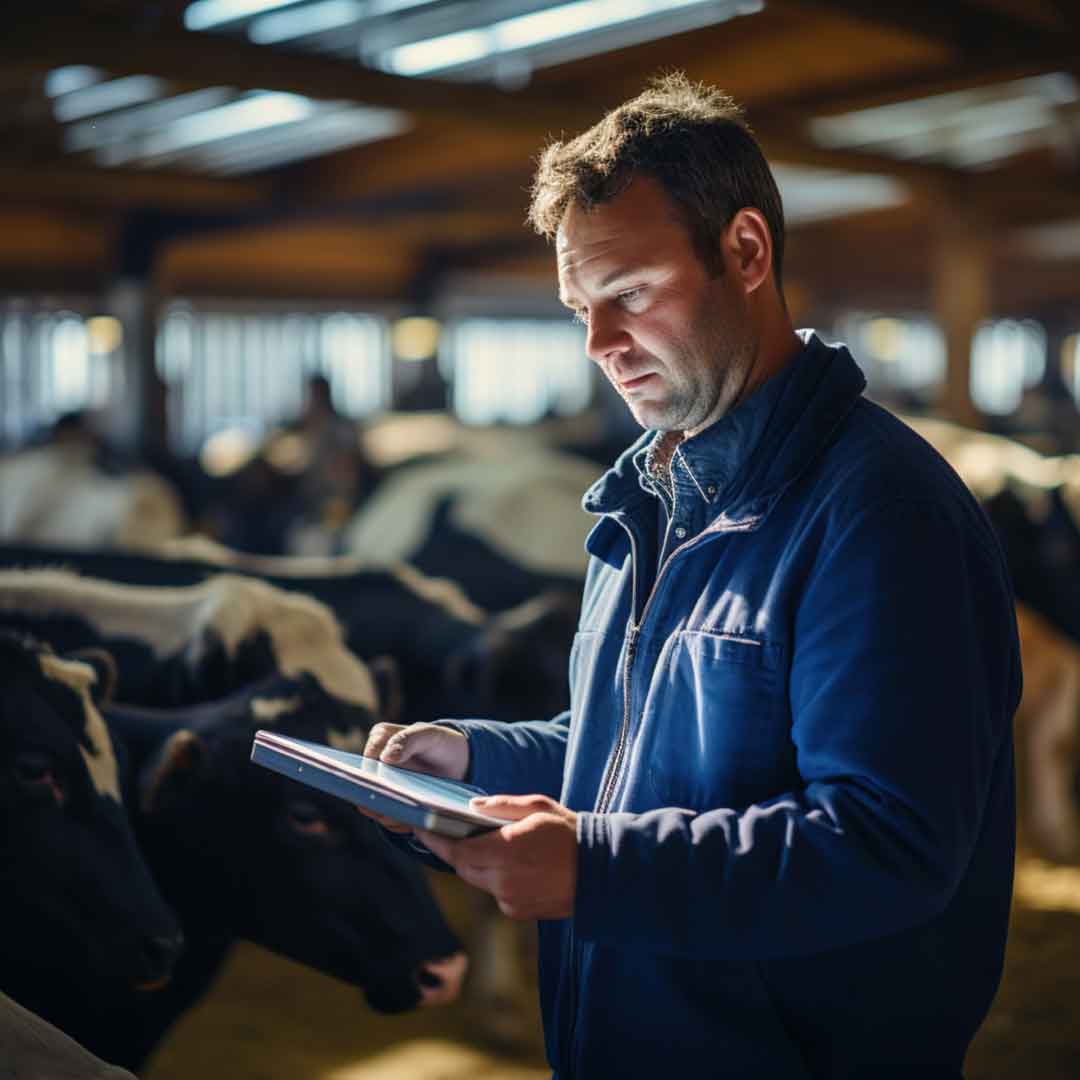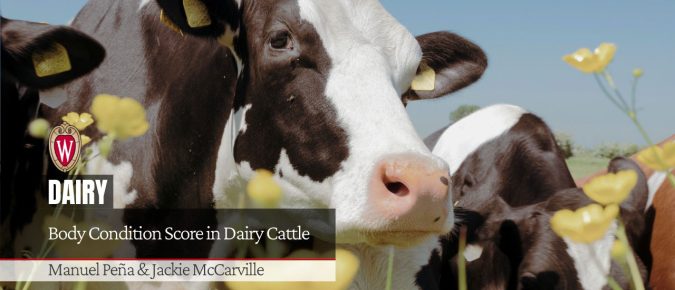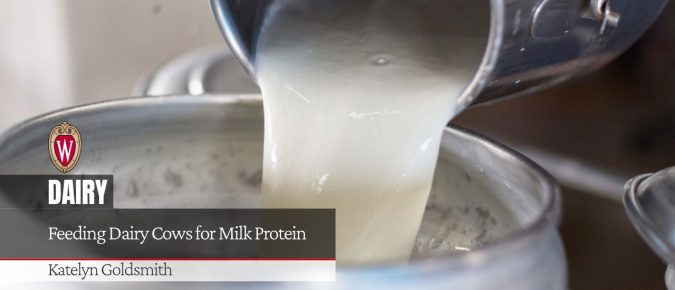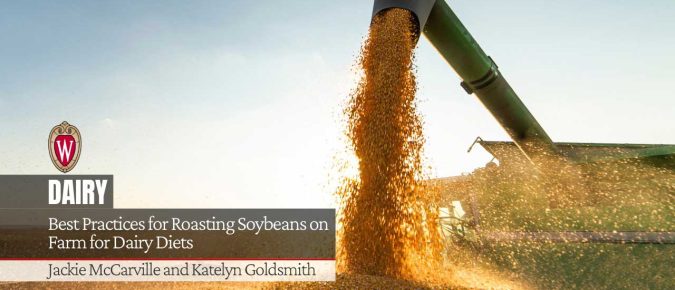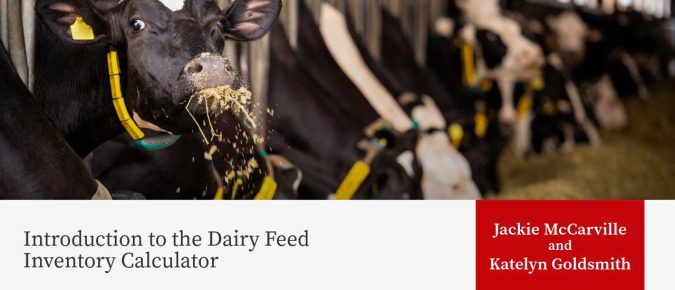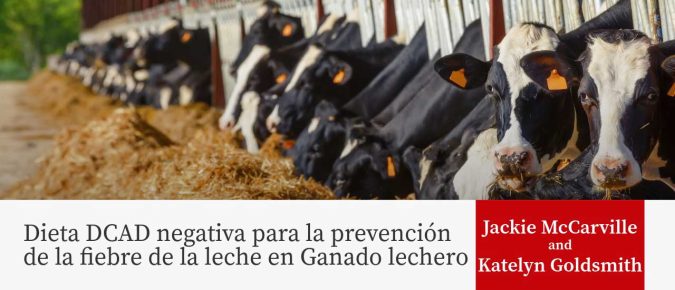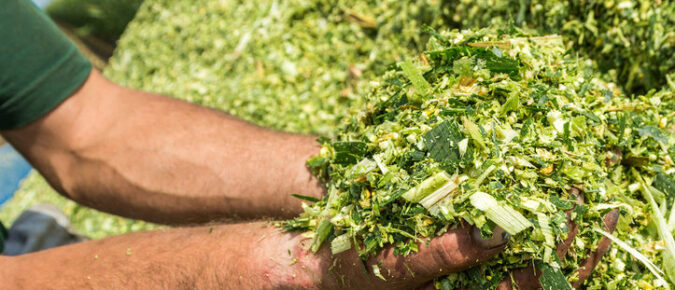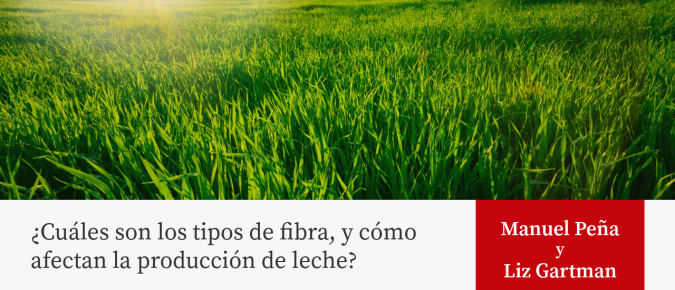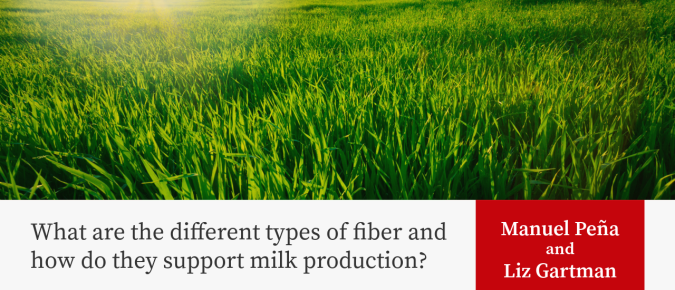Managing feed inventory and waste is a critical nutrition practice. Hear from dairy farmers Grant Grinstead, Jake Peissig and Ryan Shultz talk about how their farms built a feed center to reduce waste and save them money. The UW-Madison Extension Dairy Team will also give a walkthrough of a free tool you can use to calculate forages needs and track inventory.
Research shows that maintaining target BCS levels at specific stages of lactation supports optimal energy balance, which improves milk yield, reproductive performance, and disease resistance.
En esta charla se abordan los factores que influyen en la calidad del forraje, como la madurez al momento de la cosecha, la genética, incluyendo el uso de variedades BMR y otros forrajes modificados para mejorar la digestibilidad, y las diferencias de manejo entre gramíneas y leguminosas.
Understanding and optimizing the factors influencing milk fat and protein is important for improving income as well as cow performance and overall efficiency.
Entender qué es la fibra y cuál es su impacto en la producción de leche es fundamental para tomar decisiones acertadas en la nutrición del ganado.
Roasted soybeans have increased protein digestibility, higher rumen undegradable protein (RUP) content, and reduced presence of anti-nutrients like trypsin-inhibitors.
he Extension Dairy team created a spreadsheet to help approximate harvested forage inventory and the forage needs for a dairy operation.
Al alimentar a los animales en preparto (21 días antes del parto) con una dieta baja en DCAD, los productores lecheros pueden ayudar a prevenir la aparición de la fiebre de la leche.
As some BMR hybrids begin to phase out, the future of high-quality corn silage will depend on how well we adapt, from evaluating new hybrids like short-statured corn, to exploring biological products and fine-tuning management practices like plant population and cutting height.
How Can Nutrition Help Us in Taming Inflammation and Improving Cow Health Introduction Chapters Highlights Key Insights Summary Introduction Dr. Daniel Rico, researcher in Animal Nutrition and Physiology at CRSAD in Quebec, Canada, and Eduardo Rico, Assistant Professor at the Department of Clinical Studies at the University of Pennsylvania, School of Veterinary Medicine, discuss how […]
La fibra es un tipo de carbohidrato, y su inclusión adecuada en la ración contribuye al bienestar general y la productividad de la vaca.
Fiber is a type of carbohydrate and successful inclusion in the diet supports overall cow health and productivity.

